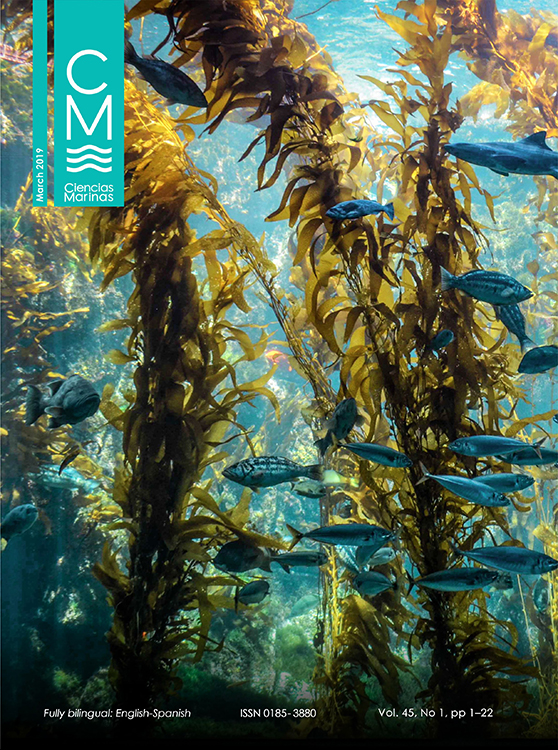Diagnosis of water circulation in an estuary: A case study of the Jamapa River and the Mandinga lagoons, Veracruz, Mexico
Main Article Content
Abstract
The purpose of this study was to analyze water circulation in an estuary located in Boca del Río, Veracruz, Mexico. The diagnosis is based on the most representative flux records for the Jamapa River during the dry and rain seasons, that is, April and September, respectively. Tidal conditions, temperature, and water density were taken into account. For the diagnosis, a three-dimensional model (Delft3D) was applied. The seasonal circulation governing the estuary was evaluated using barotropic and baroclinic pressure levels. During the dry season, estuarine circulation was governed by the tides, and water circulation in the Mandinga lagoons was induced by baroclinic conditions. During the rainy season, the estuarine system was governed by discharge from the Jamapa River, and water circulation in the Mandinga lagoons is influenced by barotropic gradients.
Downloads
Article Details

This work is licensed under a Creative Commons Attribution 4.0 International License.
This is an open access article distributed under a Creative Commons Attribution 4.0 License, which allows you to share and adapt the work, as long as you give appropriate credit to the original author(s) and the source, provide a link to the Creative Commons license, and indicate if changes were made. Figures, tables and other elements in the article are included in the article’s CC BY 4.0 license, unless otherwise indicated. The journal title is protected by copyrights and not subject to this license. Full license deed can be viewed here.

